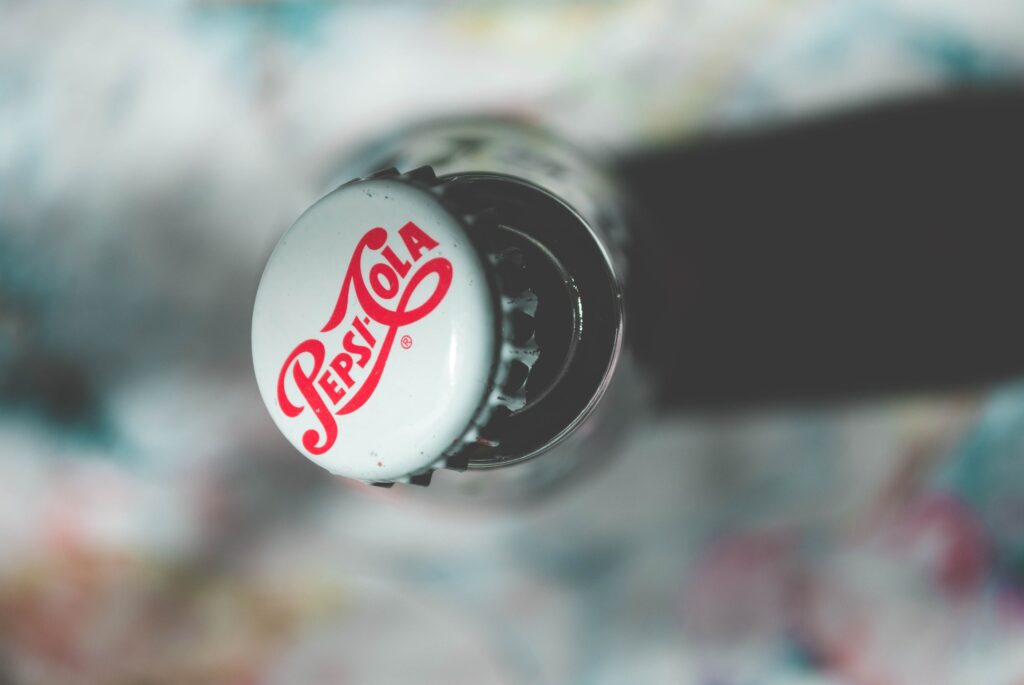
Why Brands Should Consider Working with Micro-Influencers
If you’re a brand looking to connect with consumers in an authentic way, you should consider working with micro-influencers. Micro-influencers are individuals who have a following of between 1,000 and 10,000 people on social media.
They have a high level of trust with their followers and are seen as more relatable than celebrities or macro-influencers. In this article, we’ll discuss why brands should work with micro-influencers, and how to go about finding the right ones for your business.

What are micro-influencers?
Micro-influencers are individuals with a small but highly engaged following on social media. They have a large audience reach in comparison to their peers, but typically do not have the same level of celebrity status as macro-influencers.
Tips for brands considering working with micro-influencers
When it comes to working with micro-influencers, there are a few things brands should keep in mind:
1. Micro-influencers have a high engagement rate.
Because they have a smaller following, micro-influencers are more likely to respond to comments and questions from their followers. This means that they’re more likely to generate organic, authentic content for your brand.
2. Micro-influencers are more affordable than celebrities or macro-influencers.
For a fraction of the cost, you can partner with a micro-influencer who can help promote your product or service to their engaged audience.
3. Micro-influencers have a niche focus.
Rather than trying to appeal to a wide audience, micro-influencers specialize in a particular niche. This allows them to develop deep expertise and trust with their followers.
If you’re considering working with micro-influencers, keep these tips in mind!
How to find and work with micro-influencers
When looking for micro-influencers to work with, there are a few key things to keep in mind. The first is to make sure that the micro-influencer you’re considering is a good fit for your brand. They should be aligned with your values and be able to authentically promote your products or services.
You’ll also want to make sure that the micro-influencer has a large and engaged following. Their followers should be genuinely interested in their content and be more likely to take action based on their recommendations.
Overall, it’s important to consider the cost of working with micro-influencers. Compared to celebrities or larger influencers, they tend to be more affordable and often provide better value.
If you’re looking to work with micro-influencers, there are a few ways to find them. One option is to use online tools like BuzzSumo or Followerwonk to search for relevant influencers. You can also reach out to your existing customers and followers and ask if they know any micro-influencers who might be a good fit for your brand.
Once you’ve identified a few micro-influencers to work with, the next step is to reach out and start building a relationship. Be sure to outline what you’re looking for and why you think they would be a good fit. If everything checks out, go ahead and start working on a campaign together.
Micro-influencers can be a great way to reach your target audience and promote your brand. If you’re looking for ways to improve your marketing strategy, consider working with micro-influencers. They’re affordable, engaging, and have the potential to create real results.
Related: The Difference Between A Boss And A Leader: 6 Things You Should Know
Examples of Successful Brand Partnerships With Influencers
When it comes to marketing, brands have countless options when it comes to who they can partner with. From celebrities to macro-influencers, brands have a wide range of partnerships to choose from.
However, as the market continues to become more saturated, brands are starting to explore new and different options, including micro-influencers.
Micro-influencers are individuals who have a following of between 1,000 and 10,000 people. Because their following is smaller than that of traditional influencers, micro-influencers are often more affordable and easier to work with. They also have a higher level of engagement with their followers, meaning that they are more likely to convert into customers.
Some examples of successful brand partnerships with micro-influencers include:
- Pantene and Shay Mitchell: In 2016, Pantene partnered with Shay Mitchell to promote its products. The campaign was a success, resulting in a 101% increase in sales.
- Olay and Busy Philipps: Olay teamed up with Busy Philipps in 2017 to promote its Fresh Effects line of skincare products. The partnership was successful, with Olay reporting that it had seen a 56% increase in online sales for the Fresh Effects line.
- Nike and LeBron James: Nike has worked with LeBron James for many years, and their partnership has been incredibly successful. Nike has reported that James is one of its most profitable athletes.
- Samsung and Ellen DeGeneres: In 2014, Samsung partnered with Ellen DeGeneres to promote its Galaxy line of smartphones. The partnership was a success, with Samsung reporting that sales of the Galaxy line had increased by 20%.
If you’re looking for a way to improve your marketing efforts, consider partnering with a micro-influencer. You won’t be disappointed.

Risks associated with working with micro-influencers
When brands decide to work with micro-influencers, they’re often looking for authenticity and trust. However, there are a few risks associated with working with these individuals.
First, micro-influencers may not have a large following. This means that their reach may be limited, and they may not be able to generate the same level of engagement as larger influencers.
Second, micro-influencers may not have the same level of expertise or knowledge as larger influencers. This could lead to them promoting products or services that they don’t have a lot of understanding about.
Third, micro-influencers can be more expensive to work with than larger influencers. Their rates may be higher, and brands may need to invest more money to see a return on their investment.
Ultimately, it can be difficult to track the impact of micro-influencer campaigns. Because they have smaller followings, it can be hard to determine whether or not the campaign was successful. This could lead brands to question whether or not working with micro-influencers is worth the effort.
Final thoughts
When it comes to working with micro-influencers, brands can benefit in many ways. For starters, micro-influencers have high levels of engagement and trust among their followers. Additionally, they’re more affordable than celebrities or even macro-influencers, and they offer access to highly engaged niche audiences.
Ultimately, when brands partner with micro-influencers, they create opportunities for authentic storytelling that builds real relationships with customers. What are you waiting for?






Responses